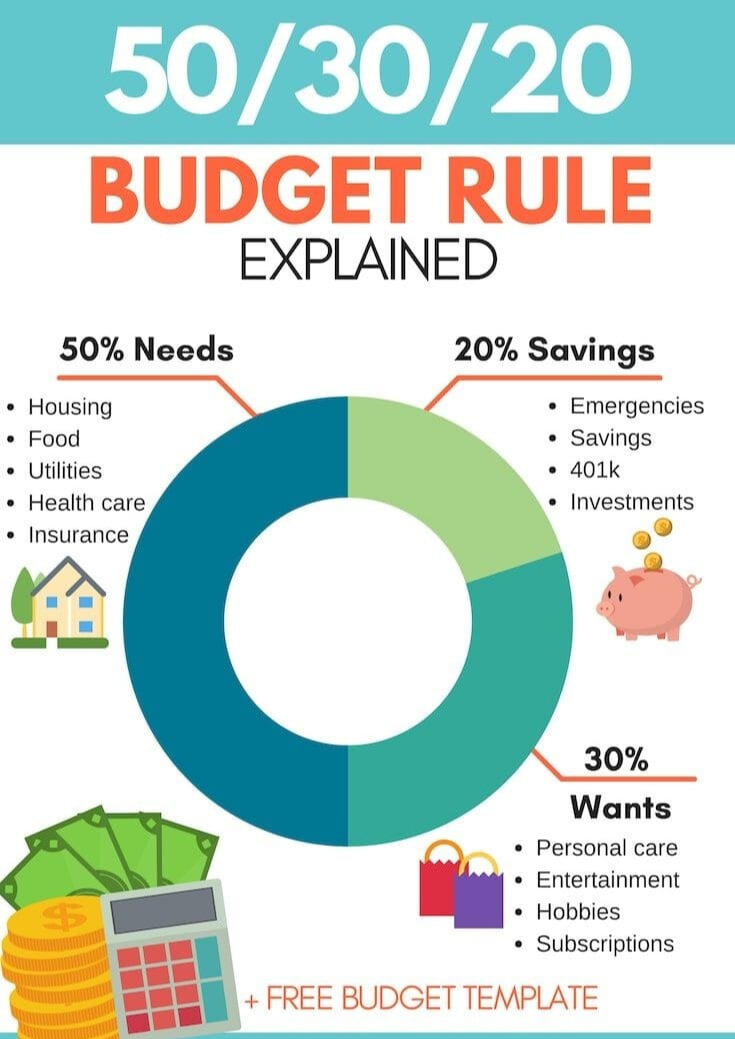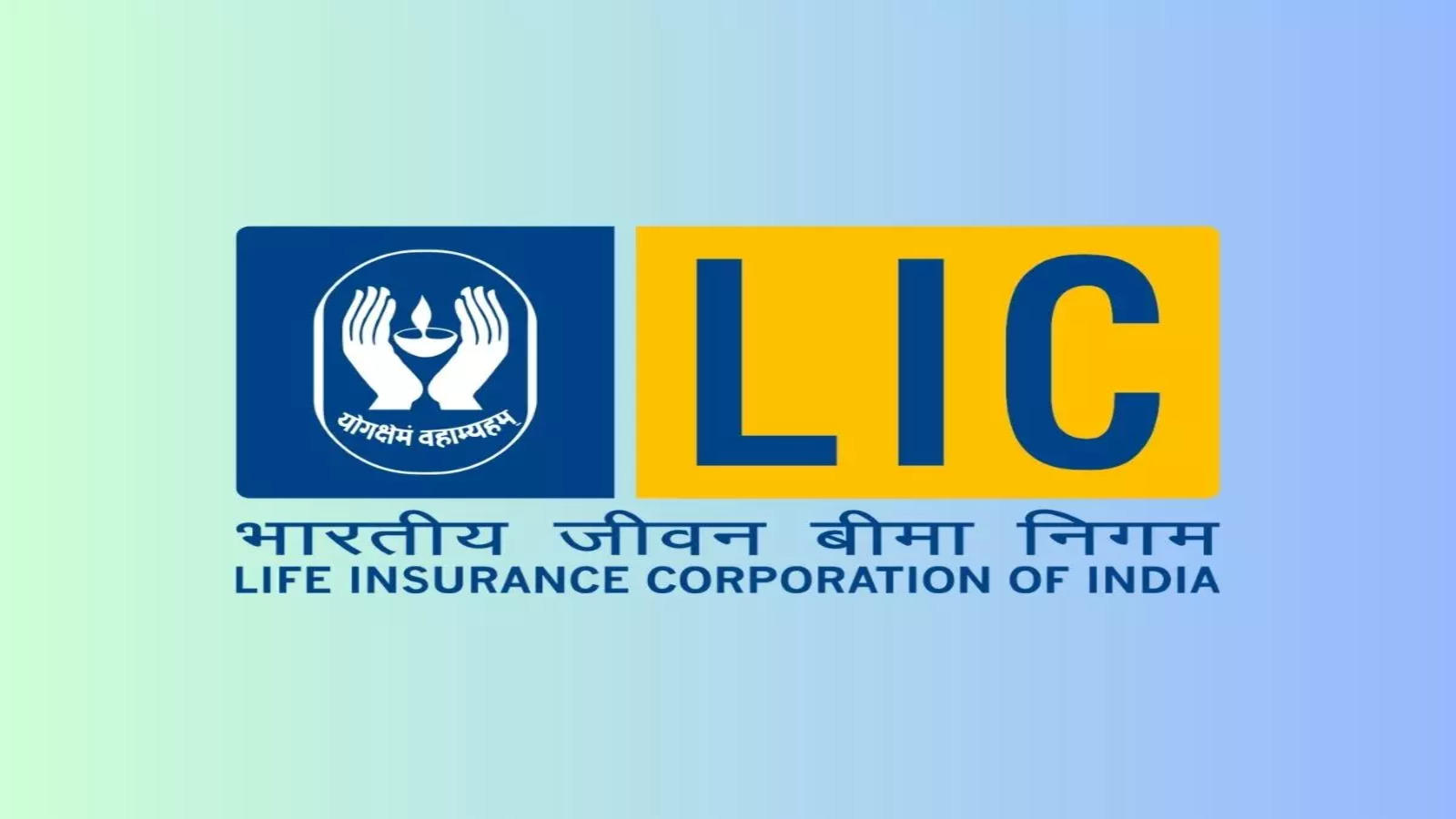
In the dynamic realm of personal finance, where investment approaches change and economic
conditions fluctuate, achieving financial stability and long-term wealth may appear like an
overwhelming challenge. But you can overcome the challenges of handling your money, reaching
your objectives, and safeguarding your future with a well-organizedfin fin plan.
From laying a solid financial foundation to accumulating wealth and getting ready for retirement, a
thorough financial plan acts as a roadmap to help you through every step of your financial journey. It
takes a comprehensive approach, taking into account not only your present financial condition but
also your goals for the future and any hazards.
In order to design a financial plan(fin plan) that suits your goals and particular situation, it is necessary to take into account the following seven pillars:

- Setting Financial Objectives:
Setting definite, well-defined financial goals is the first step toward financial success. These
objectives ought to cover both short- and long-term goals, giving your financial journey a concrete
end point.
Short-term objectives could be paying off credit card debt, funding a dream vacation, or saving for a
down payment on a home. Long-term objectives can include becoming financially independent,
securing a comfortable retirement, or paying for your kids’ education.
Having a clear understanding of your financial objectives gives you focus and drive, which enables
you to make well-informed decisions that support your goals.
- Evaluating Your Current Financial Situation:
It’s critical to have a thorough grasp of your current financial situation before setting out on your
financial journey. This entails evaluating your assets, liabilities, income, and expenses in detail.
Tracking your income from all sources—including work, investments, and other sources of
income—should be your first step. Then, keep a close eye on your spending and divide it into three
categories: debt repayment, discretionary spending, and living expenses.
Determine your assets, which could include investments, cash on hand, real estate, and personal
belongings. Lastly, assess your debts, including mortgages, student loans, and credit card debt.
With the help of this thorough financial assessment, you can see your financial situation clearly and
decide where you can make improvements.
- Making a Budget and Monitoring Your Expenses:
A budget is the foundation of sound financial management since it offers a structure for wisely
dividing your earnings. Make sure that your spending is in line with your financial objectives by
creating a thorough budget that details your monthly income and expenses.
Sort your spending into two categories: discretionary (such as entertainment and eating out) and
necessary (such as housing, utilities, and groceries). Set aside money for savings and debt
repayment, and prioritize your most important costs.
Keep a regular check on your spending patterns by tracking your progress with spreadsheets or
budgeting apps. Determine areas where you can reduce wasteful spending to free up money for
debt reduction or savings.
- Creating an Emergency Fund:
Unexpected events can upset your financial stability because life is unpredictable. Create an
emergency fund to protect against unforeseen events like losing your job, having medical problems,
or needing auto repairs.
Try to accumulate three or six months’ worth of necessary living expenses in a conveniently located
savings account. This safety net keeps you from depending on debt in hard times and gives you
peace of mind.
- Effectively Managing Your Debt:
Your capacity to reach long-term objectives and financial stability can be seriously hampered by
debt. Make paying off debt a priority, beginning with high-interest loans like credit cards.
To lessen the total amount of debt you have, think about refinancing at a lower interest rate or
consolidating your debts. Create a budget-friendly debt repayment plan and make a commitment to
paying your bills on time until they are paid off.
- What is miscellaneous insurance?Your Everyday Safety Net
- can we claim 2 term insurance from two companies?
- Insurance Surveyor Eligibility: Requirements and Qualifications Explained
- LIC Agent Exam Fees : Know everything
- IRDA online exam payment
- Retirement Planning:
Although it may seem far off, it’s never too early to begin making financial plans for the future. The
more time you give your investments to grow through compound interest, the earlier you start
saving for retirement.
Make use of retirement plans offered by your employer, such as PFs (Pension Funds or Provident
Funds), which frequently have employer matching contributions. To optimize tax advantages and
increase your retirement savings, you should also think about investing in MF, PPF, NPS.
To find the best retirement savings plan for your age, risk tolerance, and financial objectives, speak
with a financial advisor.
- Using Insurance to Protect Yourself:
Insurance is an essential financial safety net against unanticipated events that could seriously affect
your finances. Check your policies for life, health, and property insurance to make sure you have
enough coverage for your needs.
As you get older, think about getting long-term care insurance because it can shield you financially
from the exorbitant costs of long-term care services.
Keep in mind that your financial plan is a dynamic document that needs to be reviewed and
updated on a regular basis to take your evolving situation and financial objectives into account. If
you require individualized help in developing and overseeing your financial plan, consult a
financial advisor.








